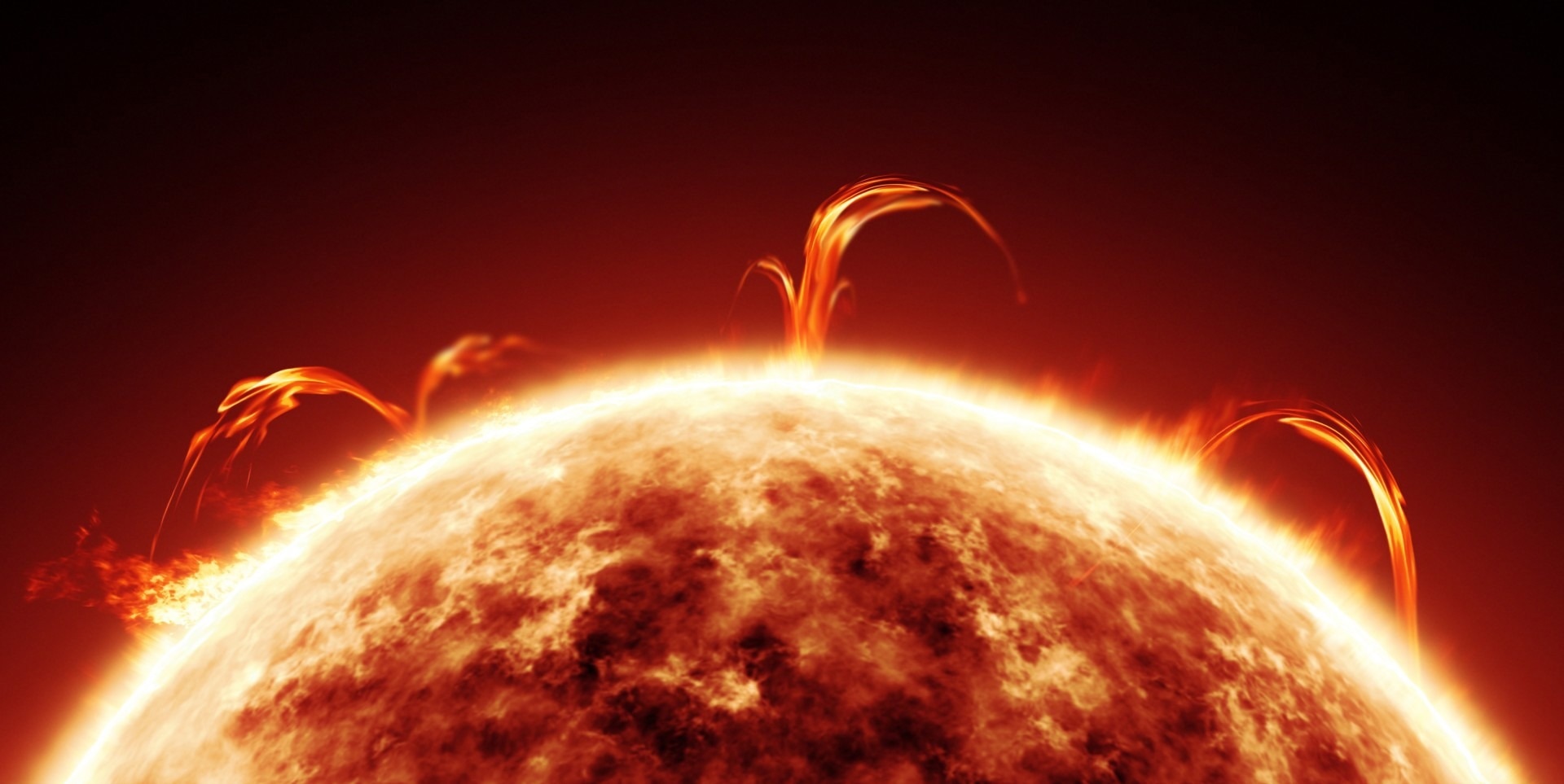A new approach to match the physics of a few of the brightest stars in the sky has been discovered by the astronomers

Stars that experience structural “glitches” during their lifetimes may be more common than first thought. Image Credit: Getty Images.
By utilizing the data obtained from NASA’s Kepler space telescope, an international group of scientists has discovered new proof that red giants, dying stars that have used up their supply of hydrogen, are in the final stages of stellar evolution. Also, they frequently tend to experience large-scale structural changes, or what is called “glitches,” deep within their inner core.
The stellar glitches simplified in the media had got to do with a star’s rotation, but lead author Mathieu Vrard studies a diverse kind of defect. In this study, the glitches have the potential to impact a star’s oscillations or the frequencies and paths that sound waves tend to travel while passing through a star.
On a frequent basis, red clump stars, helium-core burning objects, are utilized in astrophysical studies as probes of distance to quantify aspects like galaxy density. Also, to learn more regarding the physical processes present behind stellar chemical evolution.
Hence, it is crucial that researchers comprehend why such discontinuities happen, stated Vrard, a postdoctoral research associate in astronomy at the Ohio State University.
By analyzing these variations, we can use them to obtain not only the global parameters of the star, but also information on the precise structure of those objects.
Mathieu Vrard, Postdoctoral Research Associate, Astronomy, Ohio State University
The study, recently reported in the Nature Communications journal, is the first to execute elaborate observational characterizations present on the deepest layers of such red giants.
To identify if such glitches were highly common throughout a few star groups, the team chose a sample of 359 red giants that were beneath a few stellar masses and quantified several properties and separate frequencies of every star.
The research group found proof that 24 of the red giants surveyed (nearly 7% of those in the sample) had experienced sporadic structural discontinuities at one point or another at the time of their lifespan. While 7% might not seem like much, if applied to all of the known stars present in the universe, the number of stars that consists of such irregularities would be immense.
There are two primary theories that tend to describe how such disturbances may work. The first scenario poses that glitches are present across the evolution of the star. However, they seem to be very weak and below the threshold for what astronomers would classify as a true discontinuity.
The second indicates that irregularities are “smoothed out” by some unidentified physical process that later results in variations in the structure of the star’s core.
As it is going to end, the first scenario is not assisted by this study’s model, which forecasts that glitches noted are actually a common occurrence. However, more accurate data is required before researchers could subscribe to the second confidently.
What we think is that the second theory might hold up better because the first one didn't make sense with our observations.
Mathieu Vrard, Postdoctoral Research Associate, Astronomy, Ohio State University
Since the study provides a better characterization of the physical processes occurring within red-giant stars, Vrard’s work could possibly have a huge effect on the field of asteroseismology—a branch of astronomy that studies the internal composition of stars by making use of the oscillations of sound waves—and for galactic archaeology. It is a field that makes use of elaborate stellar fossil records to reveal the universe’s history.
Also, though Vrard’s present analysis has concluded, he targets to build on the scientific community’s insight into red-giant stars by analyzing highly accurate data that could assist in cultivating even more sophisticated stellar models.
This work was financially supported by NASA as well as the European Regional Development Fund.
Journal Reference:
Vrard, M., et al. (2022) Evidence of structural discontinuities in the inner core of red-giant stars. Nature Communications. doi.org/10.1038/s41467-022-34986-z.